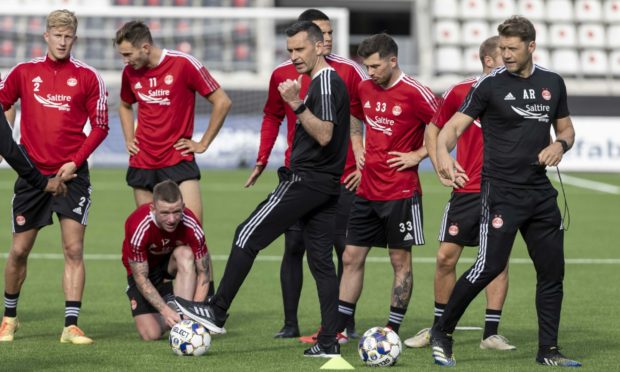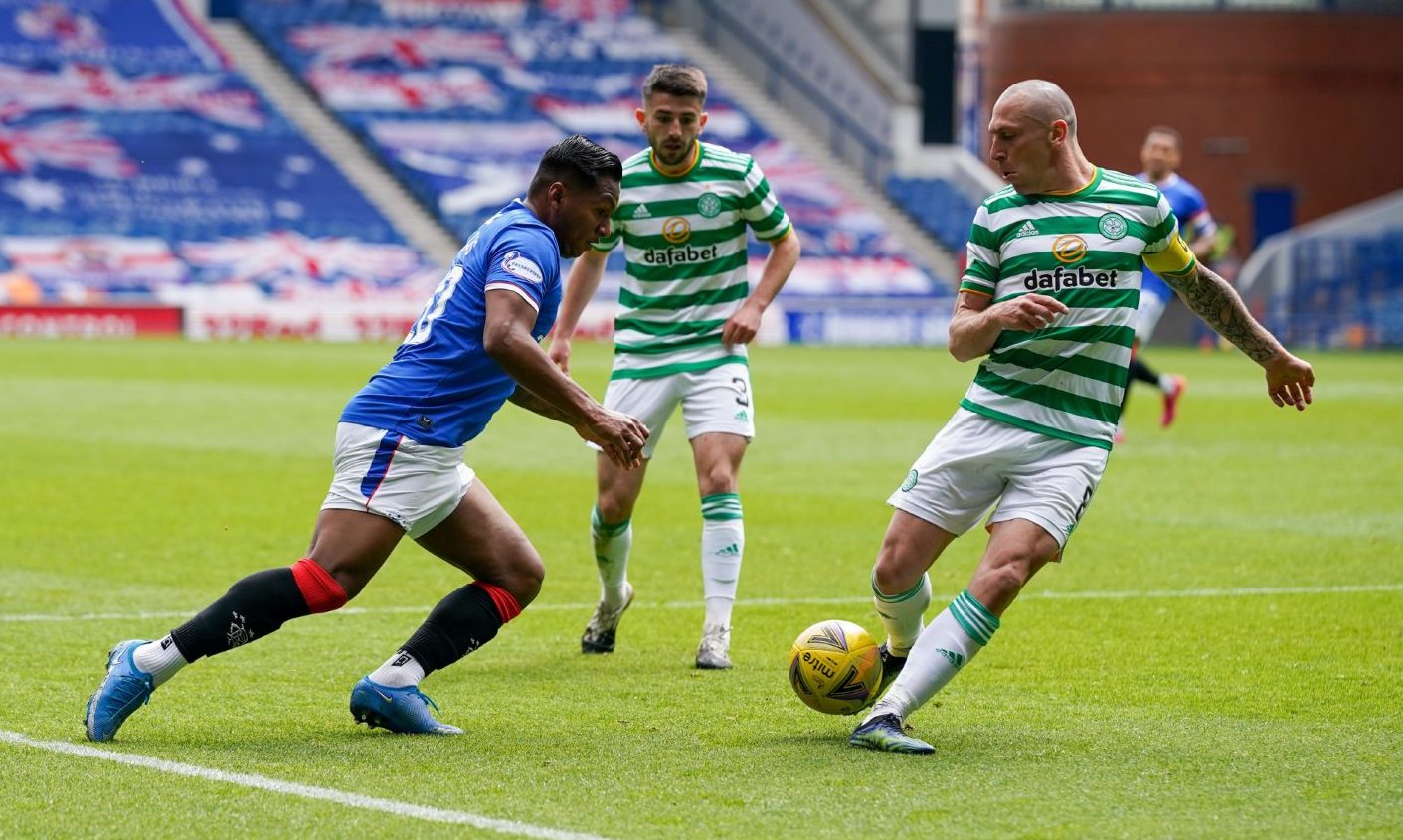I have no idea what the five Scottish Premiership football clubs are paying Deloitte – accountants don’t come cheap – for a review of the Scottish Professional Football Leagues, but history tells us the report might gather dust on a shelf.
Aberdeen, the two Dundee clubs and Edinburgh rivals Hearts and Hibs have commissioned the study as they seek a “strategic and holistic” review of the SPFL or, in layman’s terms, how to make money from a flagging national sport.
“I’ve seen kids beg: “When can we go home?” during cold, wet, dull games. In fact, I’m sure some adults have whimpered something similar
So, what will those nice folk at Deloitte discover as they focus on commercial growth, the SPFL brand and its structure and governance – good luck with that – and the competition out there for paying customers?
Results bring in cash
If those carrying out the review haven’t been on Mars for the last three decades, they’ll know that, outside Celtic and Rangers, no Scottish club expects to win the league championship. They’ll also recognise the big two are the big two because they have better – well, more expensive – players than the others and have stadia that can accommodate up to 60,000 fans.
As three of the owners of the five outfits seeking Deloitte’s assistance are American and a fourth, Dons chairman Dave Cormack, has lived in the States for years, they just have to “do the math” to find an answer to the “how do we bring in more people and, therefore, cash?” question. Results, guys.
There is also the issue of facilities at football grounds, many of which haven’t had so much as a lick of paint since Paddy Buckley was a boy.
Then, there’s our winters. I’ve seen kids beg: “When can we go home?” during cold, wet, dull games. In fact, I’m sure some adults have whimpered something similar in such circumstances.
Souness and Advocaat started a culture of debt
Reinvestment wasn’t a word football clubs understood during the halcyon days of Scottish football, long before the playing field became uneven. That was before managers like Graeme Souness and Dick Advocaat arrived at Rangers and persuaded their board of directors to part with huge sums in order to be the best in Scotland.
Cue debt and borrowing and financial difficulties accompanied by an inability or an unwillingness by rivals to try and keep up.
So, don’t be surprise if Deloitte come back in six months and tell the five clubs: “Start winning things and the fans might come back.”

